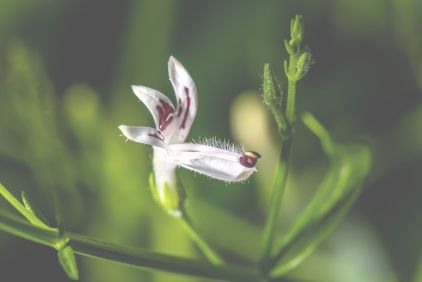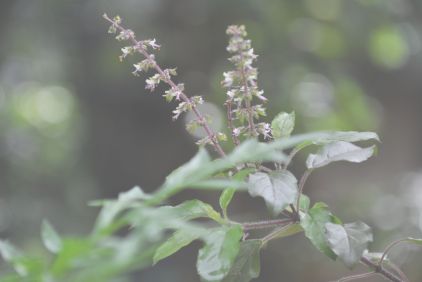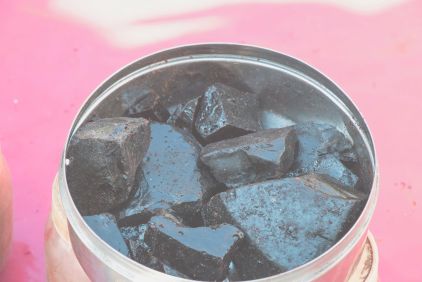For thousands of years, a wide variety of plants have provided natural health benefits. As we approach the winter season, our bodies need help to resist various illnesses and to sweep away the stress and fatigue caused by the cold and lack of sunlight. Endowed with numerous virtues, certain plants can be of precious support and accentuate a mental as well as physical well-being. That is why we have selected 3 ayurvedic plants that will help you to pass the winter period serenely.
The andrographis, the natural shield of the body

Native to India, andrographis is a plant appreciated for its many virtues. It is also found in China, Thailand and Southeast Asia. Baptized the "Green Chirette", this herbaceous of 1 meter height is composed of a green foliage and white or pink flowers strewn with purple spots.
This tropical plant blooms once a year from late summer to early fall. The aerial parts, containing the andrographis, are then collected and dried. Consisting of andrographolide, flavonoids, iridoids and quinic acid, this plant contributes according to Ayurvedic medicine to boost our immune system. Great source of antioxidants, it supports the natural defenses of the body. Andrographis is therefore ideal in winter period but also to resist to external aggressions brought by the changes of season. It prevents diseases and helps to get back in shape.
This plant also has other virtues. It helps in particular to alleviate the respiratory disorders like coughs and angina, in a natural way. It would be also used to help to find appetite or to treat gastro-intestinal problems.
L'andrographis having a rather bitter taste, it is not recommended to consume it pure. It is generally found in the form of capsules or tablets to be taken as a cure of one to two months.
Tulsi, the ally of the respiratory tract

Tulsi, also called "holy basil", is a plant revered in Hinduism. It is native to India but also to the tropical regions of Southeast Asia. For more than 5000 years, Indians have been using this plant for its soothing properties for body and mind. In Ayurvedic medicine, tulsi is considered to be a plant that improves the life force of those who consume it. Over time, the herb has become known throughout the world. This plant draws its virtues thanks to the presence of camphor and eugenol located in its leaves.
The tulsi is also known for its antioxidant properties thanks to the plant molecules (saponins, flavonoids and tannins) concentrated in its stem and leaves. This plant also has anti-inflammatory virtues that help boost natural defenses and free the respiratory tract.
The tulsi is consumed in its original form to get all its benefits. It is therefore recommended to make infusions based on dried leaves. It is also possible to find it in other galenic forms: capsules, essential oil, gums, cosmetics...
Shilajit, the tears of the Himalayas

Unlike andrographis and tulsi, the shilajit is not a plant but rather a natural blackish-brown extrudate found, in particular, in the rocks of the Himalayan range. This organic substance would be the result of the decomposition of plant species generated by microbial action. It is a half-plant, half-mineral substance that has been preserved in the rock, protected from any pollution. Shilajit is rich in minerals and amino acids, but its main component is fulvic acid, which is essential to our body. This plant-based extrudate also contains vitamins, trace elements and powerful antioxidants and offers great health benefits.
In Ayurvedic medicine, shilajit is considered as a rasayana element, i.e. "rejuvenating", because of its capacity to prevent certain diseases and more globally to increase the quality of life of individuals. Indeed, this substance is known for its ability to maintain bone health and improve joint problems. It is also an ally in the regulation of weight due to the presence of bioactives allowing to fluidify the digestion and to facilitate the absorption of nutrients.
Shilajit is usually processed into a powder, to be packaged later as a food supplement. You can, however, stay on this original form to incorporate it in your infusions or even in your smoothies. It is advisable to do a first test over 3 days to see how your body reacts to shilajit and then adapt the dosage over the following days.









